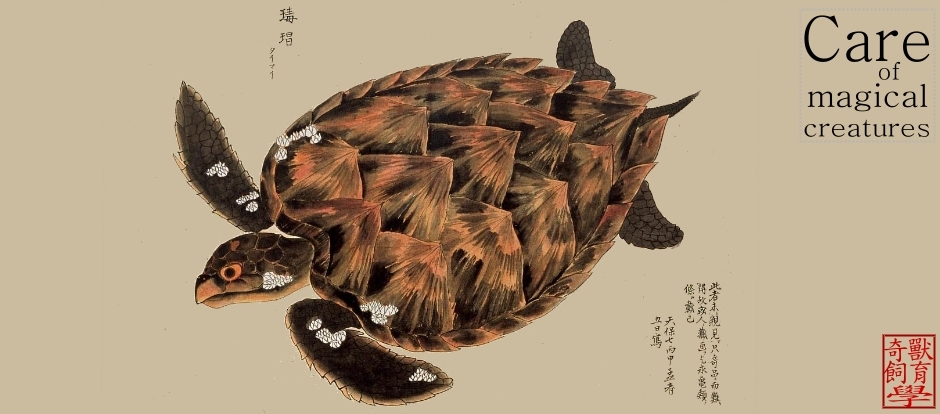 文獻來源: Dijkstra PD, Hemelrijk C, Seehausen O, Groothuis TGG. 2009. Color polymorphism and intrasexual competition in assemblages of cichlid fish. Behavioral Ecology 2009 20(1):138-144; doi:10.1093/beheco/arn125
文獻來源: Dijkstra PD, Hemelrijk C, Seehausen O, Groothuis TGG. 2009. Color polymorphism and intrasexual competition in assemblages of cichlid fish. Behavioral Ecology 2009 20(1):138-144; doi:10.1093/beheco/arn125馬拉威湖產慈鯛Pundamilia(台灣沒有引進作為觀賞魚用)長久以來一直是研究性擇的重要物種, 在許多的普通生物學教科書中都已經成為經典的研究案例. 近年的研究多半著重在兩個領域, 性擇, 雜交與種化的發生機制(見科景的文章)以及種內(或種間)不同色型雄魚的競爭以及不同色型如何在棲地中達成共棲(co-existence). 過去的研究認為紅色雄魚(nyererei)相對於藍色雄魚(pundamilia)較具優勢, 因此紅色型可能在某些棲地中取代藍色型, 然而Dijkstra et al.的研究指出種內競爭事實上多發生於同色型的雄魚間, 而由於這樣的行為使得各種色型的雄魚得以共存, 並且在演化上維持體色的多型性. 這樣的研究事實上對於養殖也有重要的啟示, 在許多的慈鯛科魚類論壇中經常可見有關魚種搭配以及避免種內或種間攻擊的討論, Fluntzis這篇短文可提供一些參考.
Abstract
The origin and maintenance of phenotypic polymorphisms is a classical problem in evolutionary ecology. Aggressive male–male competition can be a source of negative frequency-dependent selection stabilizing phenotypic polymorphisms when aggression is biased toward the own morph. We studied experimental assemblages of red and blue color morphs of the Lake Victoria cichlid fish Pundamilia. Aggression was investigated in mixed-color and single-color assemblages. We found that aggression was indeed biased toward males of the same color, which could in theory reduce aggression levels in mixed-color assemblages and promote coexistence. However, previous studies showed high aggression levels in red and dominance of red over blue males in dyadic interactions, which could hinder coexistence. We found that coexistence in mixed-color assemblages reduced the level of aggression in red males but not in blue males. Red and blue males were equally dominant in mixed-color assemblages, suggesting that predictions derived from dyadic interactions may not be valid for an assemblage situation. The results are consistent with field data: the geographic range of red is nested within that of blue, suggesting that red cannot displace blue. Our study suggests that male–male competition may be a significant force for maintaining phenotypic diversity.
圖片連結: livescience.com
